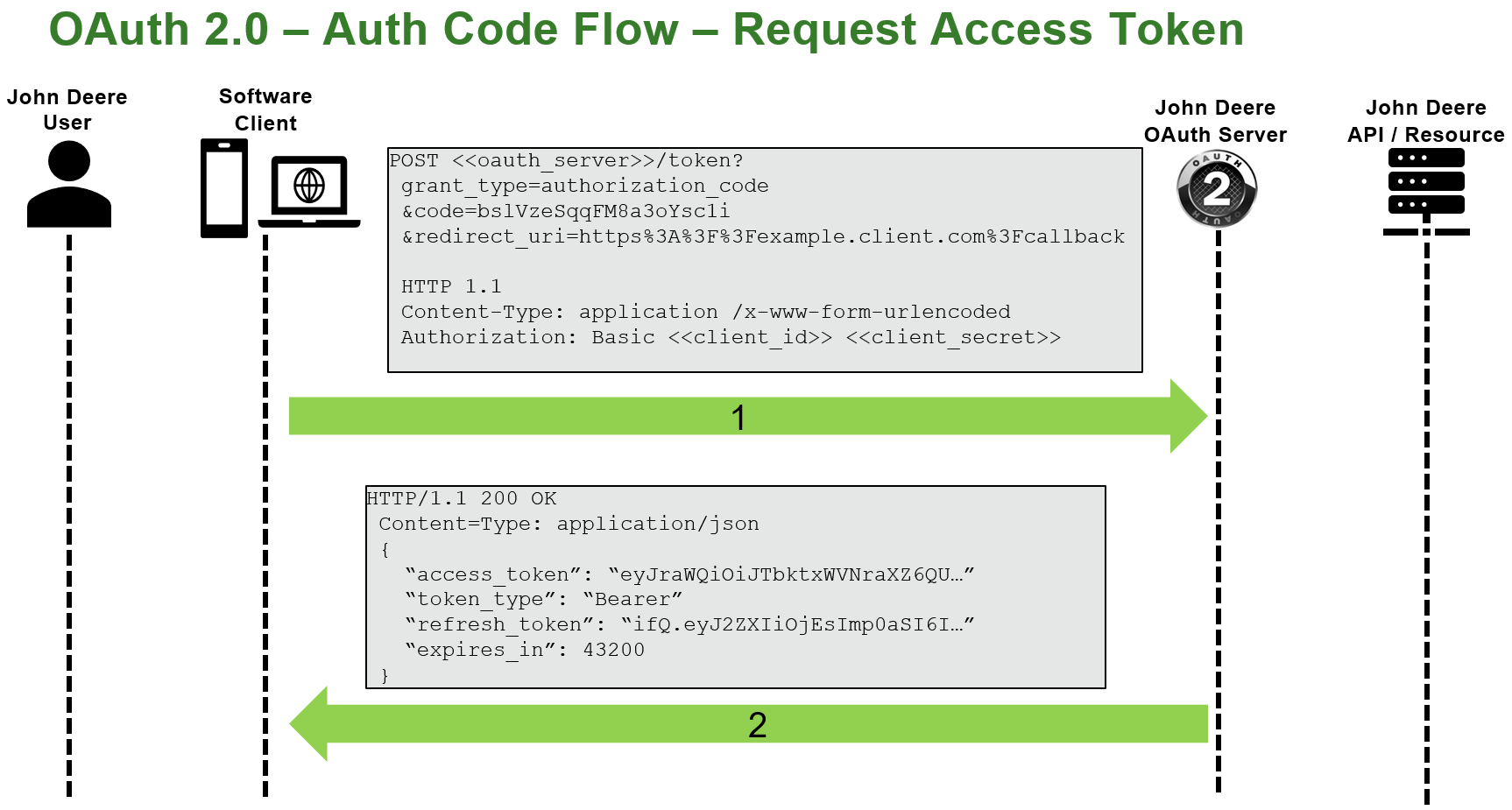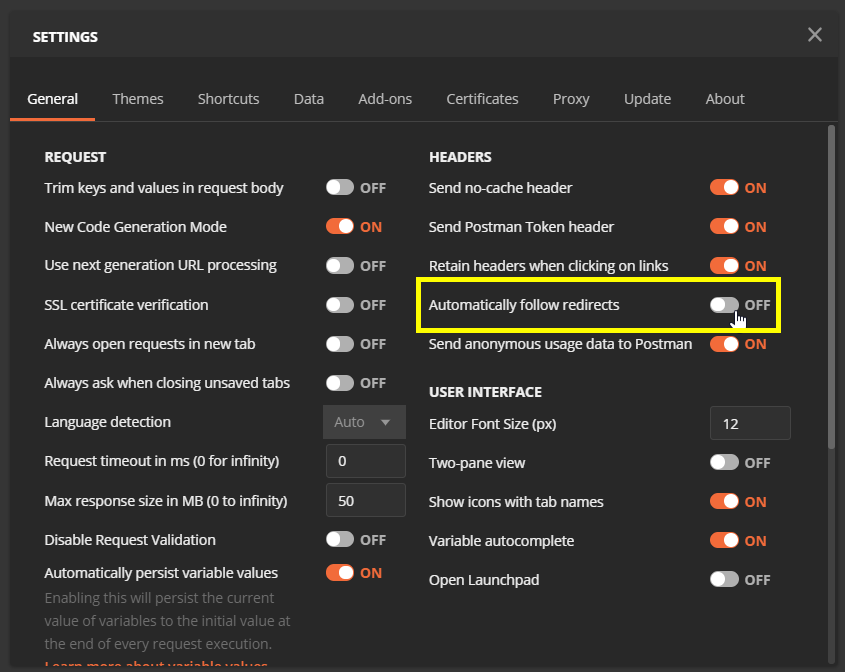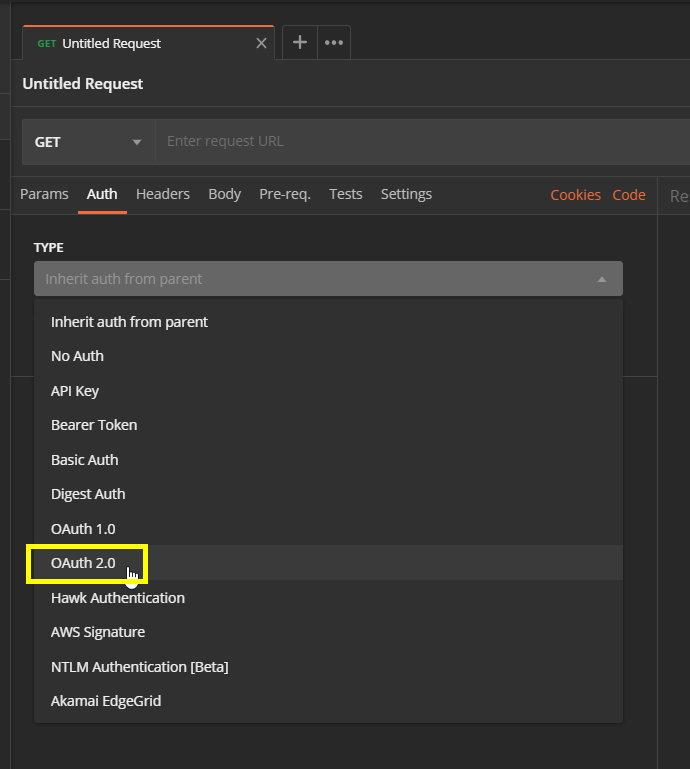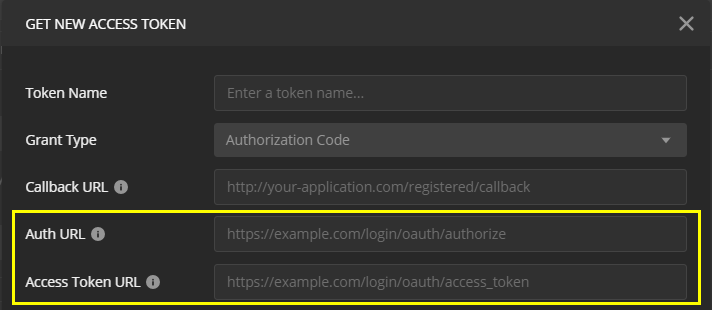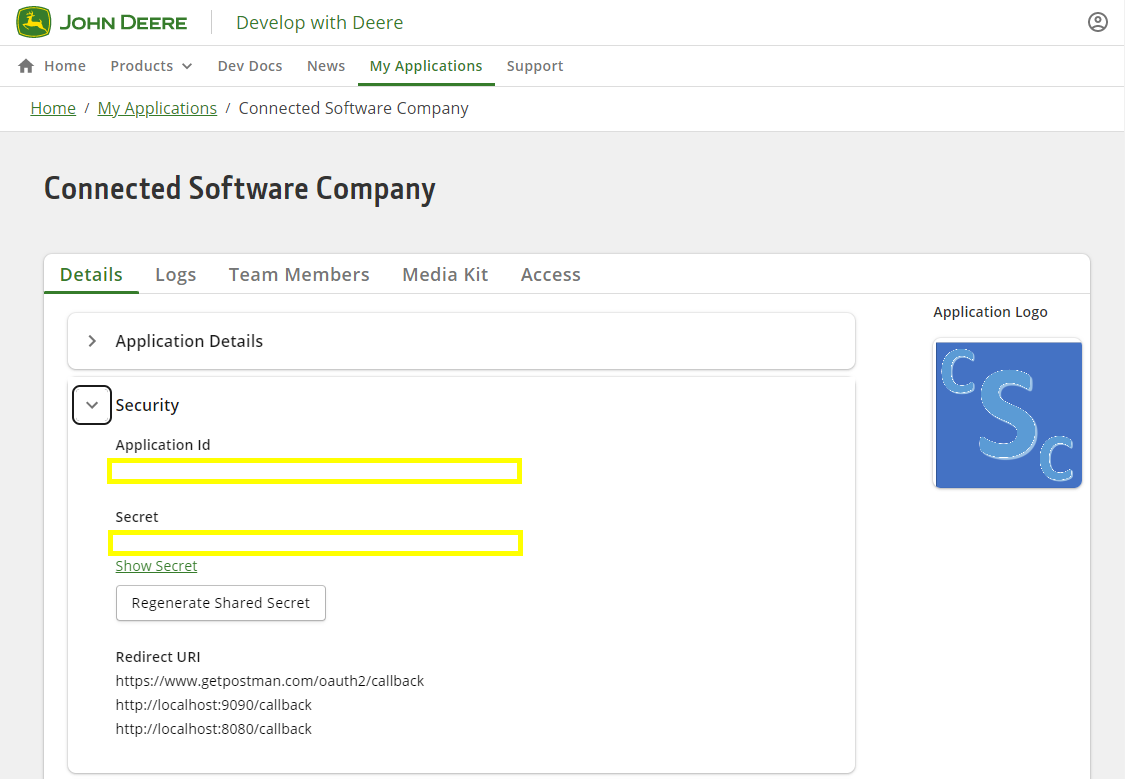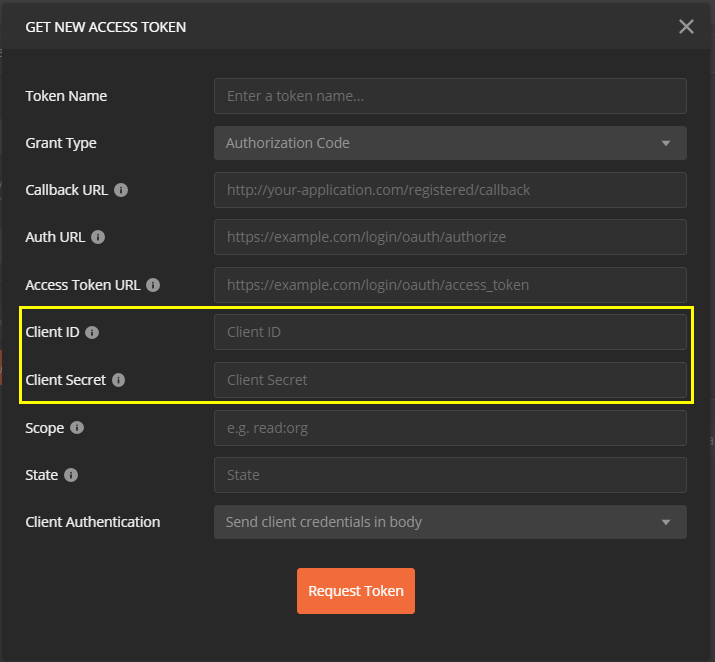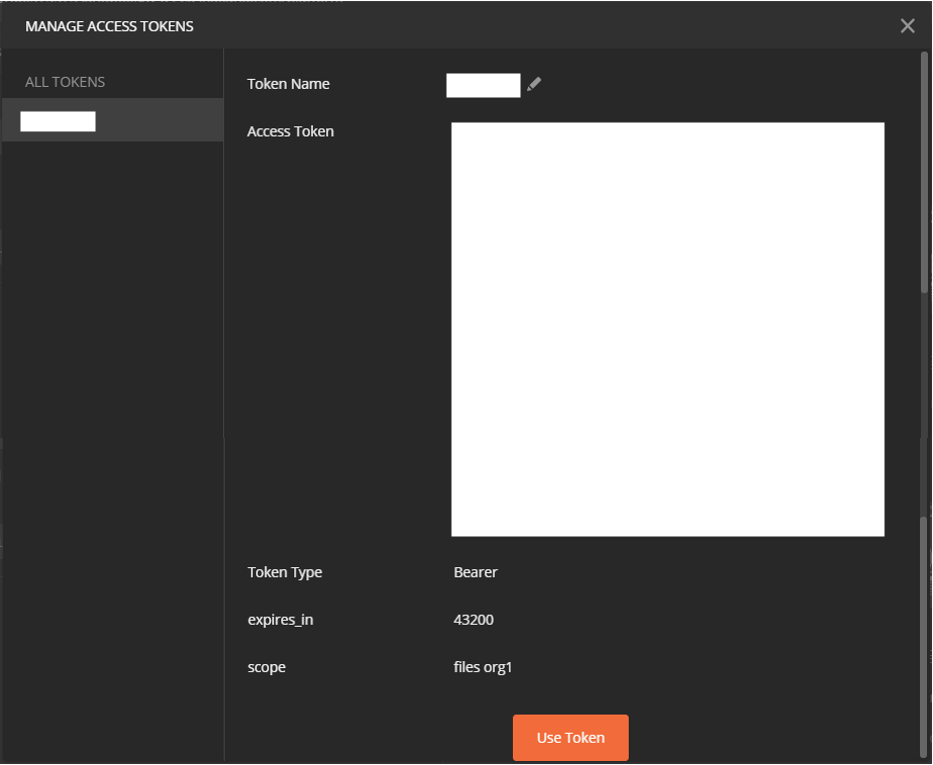| location id | BMS unique identifier of the location where the work order was generated. |
| field id | BMS identifier of the Field where the Work Order is to be applied/delivered. This attribute is considered optional since an order may be associated directly with a farm or a client. However, if the order is associated with a field or farm, then this attribute must be provided. |
| client id | BMS identifier of the client requesting the work order to be applied/delivered. |
| order id | BMS unique identifier of the work order. |
| order number | BMS document number of the work order. This is the work order's customer facing number. |
| order group | Some business systems allow for a single order to be divided into multiple components, and sub-components. For example, an order may be made for 5 tons of products, but it is delivered in two shipments/applications of 2.5 tons. In this case, two Work Orders would be sent to AgLogic™. Each will have the same order number, but each will have a different order group, and each must have a different order id. AgLogic will treat these orders as separate entities, but will group them together when displaying them, and allow them to be assigned as a group. This is an optional field, but if order sub-group is present, then order group must be present as well. |
| order sub-group | A further sub-division of an order in the BMS (see description of order group above). An order in the BMS can be divided into groups and sub-groups. These orders will be treated as separate entities in AgLogic, and each must have a different order id. They will be grouped together when displaying and will allow for assigning as a sub-group or group. This is an optional field. |
| order date | Date work order was entered into the BMS. |
| requested date | Date that the application/delivery is requested for. |
| applicator equipment assigned | A work order may be imported with the applicator equipment already assigned. |
| applicator operator assigned | A work order may be imported with an applicator operator already assigned. |
| crop | Name of the crop being applied to. This free text field provides information to the applicator operator. |
| analysis | Description of material being applied. |
| total quantity | Total quantity (amount and UOM) of the material being applied. |
| density | Density (amount and UOM) of the material being applied. |
| legal | The legal property description. |
| county | The county that the application occurs. |
| formula number | The formula number of the blend. |
| land note | Notes entered about the land. |
| weight per area | The weight per area of the blend. |
| volume per area | The volume per area of the blend. |
| total volume | The total volume of the blend. |
| line items | The material being applied may be composed of multiple materials that are blended together. The tender driver and the applicator operator may need to know what these components are. Each line item has multiple attributes described below. |
| product id | BMS identifier for the product. |
| product name | Name of the line item material. |
| product quantity | Quantity (amount and UOM) of the line item material. |
| density | Density (amount and UOM) of the line item material. |
| application rate | Application rate (amount and UOM) of the line item material. |
| epa number | |
| manufacturer | |
| target pest | |
| priority | Yes/No indicator as to whether this order is priority. |
| variable-rate | Yes/No indicator as to whether this order is variable rate. |
| acres | Number of acres to have material applied. |
| comments | Free form comments to be seen by the scheduler, applicator, and tender driver. |
| application rate | Quantity (amount and UOM) of material to be applied per some unit of area, like 1000 pounds/acre. |
| application type | Dry, Liquid, or Anhydrous. |
| delivery method | Customer pick-up, deliver to customer, or deliver and apply. |
| tag | Custom identifier that will used to group and organize work orders within an organization. This is roughly equivalent to a "Location Code". |

